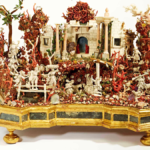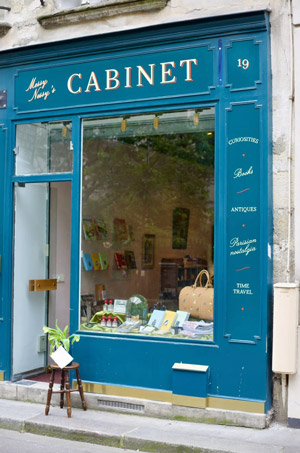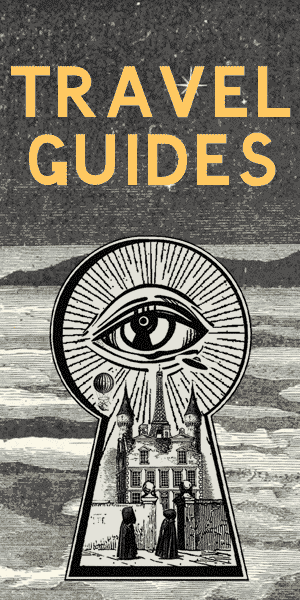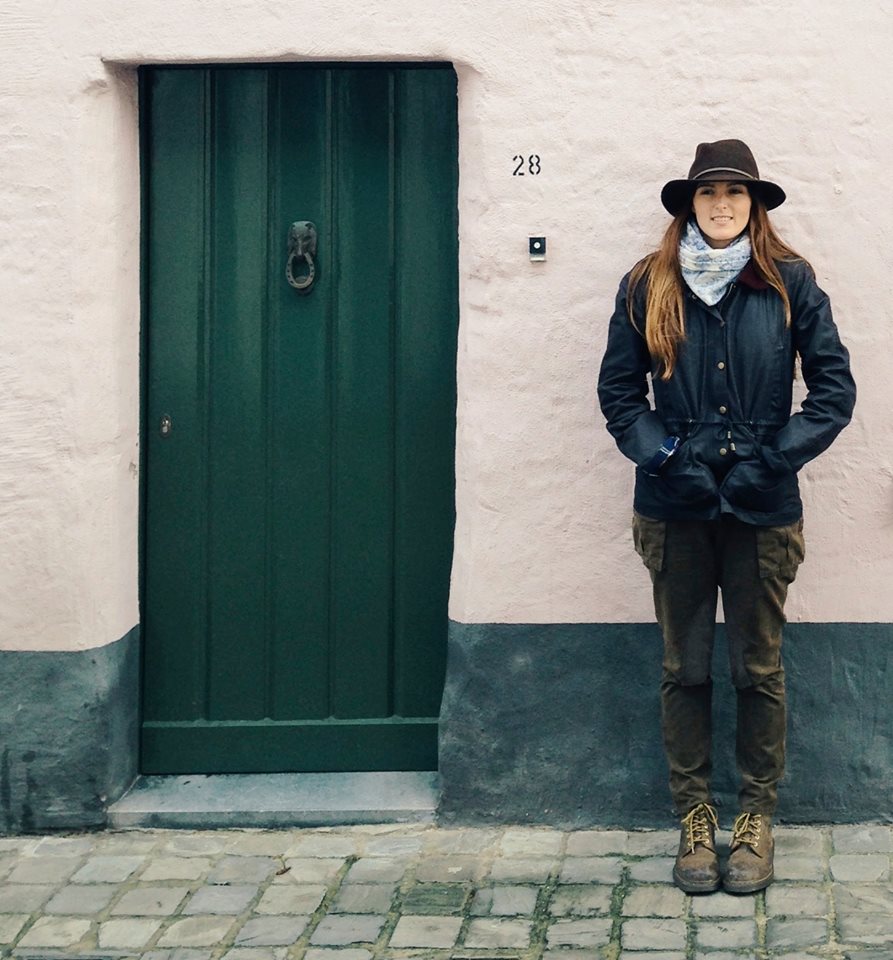1. A wonderful tip from a reader about a very unusual French water tower found by the roadside
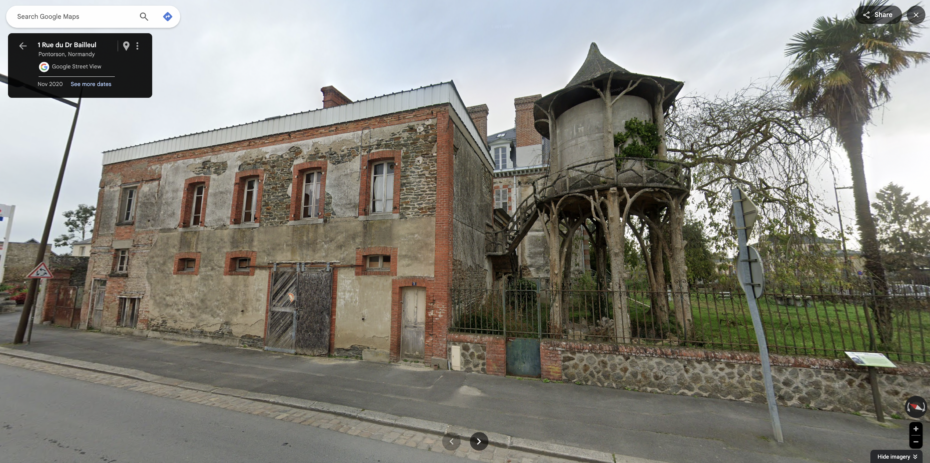
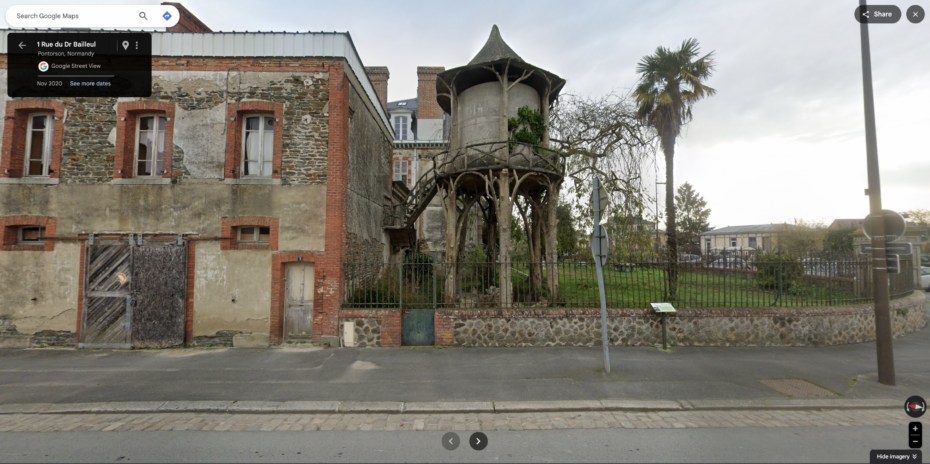
From our reader:
Just perusing your recent article of your internet finds and thought you might like to see this “tree
house”. I found it just outside Pontorson Railway Station when making a “pilgrimage” to the amazing
Mont St. Michel last year.
The historical plaque says it was built at a water tower, but I like to imagine it being used as an outside
eating spot in the mid 1800s.
There must be hundreds of such places still in existence in the north of France, and I think it would be
interesting to document them. I am not sure if you ever put out requests, but it is the sort of history that
people could easily document, and may even result is an engaging tour!
Thank you for your weekly articles, I always digest them with interest, and have used your “Don’t be a
Tourist in Paris” as a wonderful guide to the unusual and inspiring, when exploring the City.
All the best,
Caroline of Plougras, Cote d’Armor, Brittany.

There’s an information plaque outside the structure that reads:
This reinforced concrete cistern, intended to supply a fountain and to meet the needs of the vegetable garden, was designed around 1870 by Joseph Monier, the inventor of reinforced cement. He filed several patents, notably in 1867 for iron-reinforced cement boxes used in horticulture. The cistern is located on a property that belonged to Mr. Maridor, director of the Western Polder Company. The main building, Villa Feuillée or Villa Ariane, commonly took the name Villa Bailleul following the marriage of Dr. Bailleul to Mr. and Mrs. Maridor’s daughter. The entire site has been listed as a Historic Monument since 2011.

Reminds me of two things: The treehouse bars of bygone summers in Paris and location scouting in “weird France“.
2. Meanwhile in Ireland: Handball Alleys (built across the country since the 1700s)
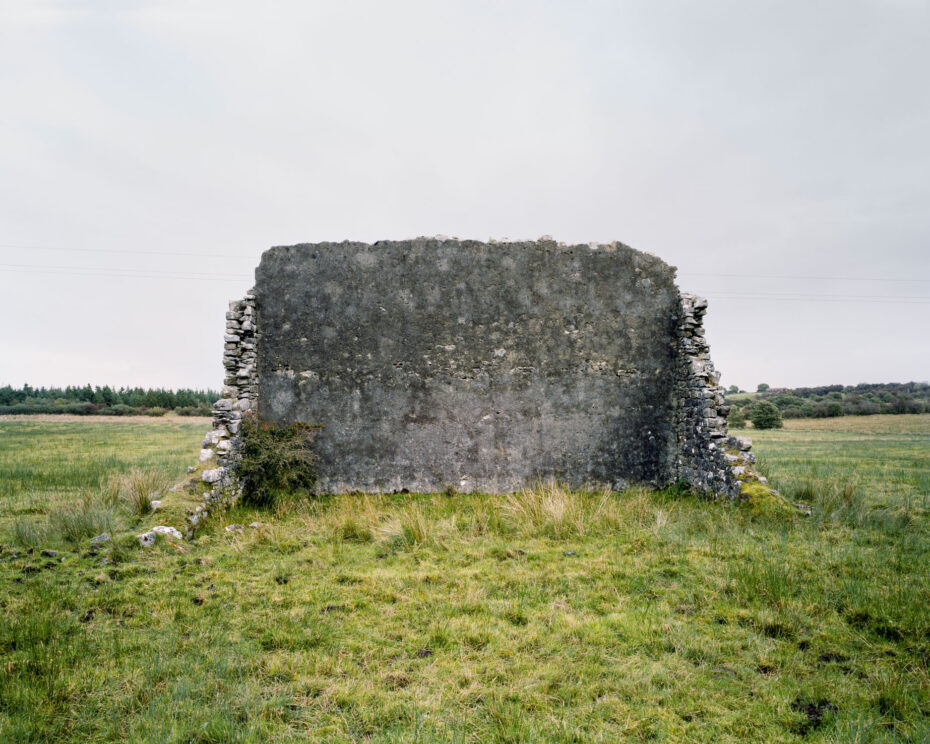
Handball is known to have been played in Ireland from at least the mid-1500s. Its origins are likely shared with the contemporaneous games of real or royal tennis, palla, pelota and Eton fives.
Award-winning photographer Kenneth O Halloran has been documenting them:
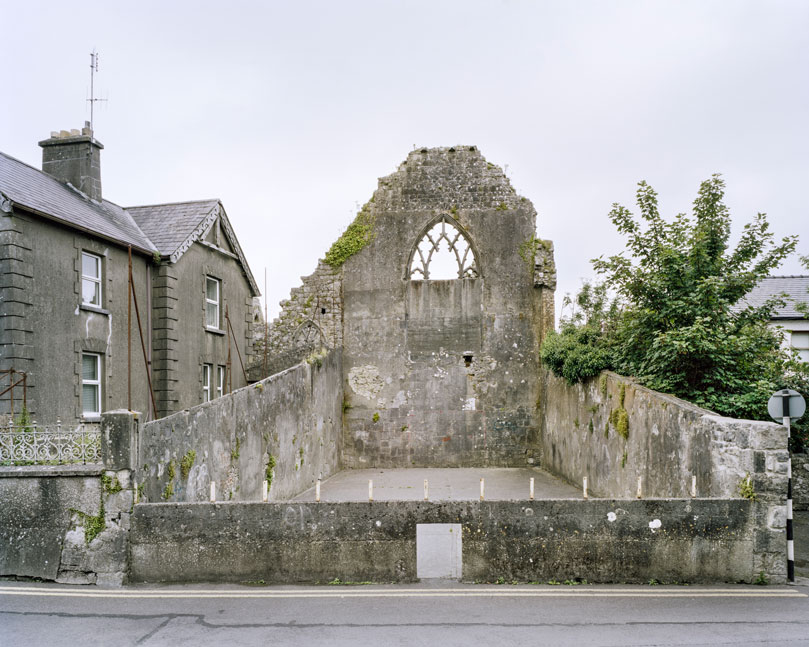
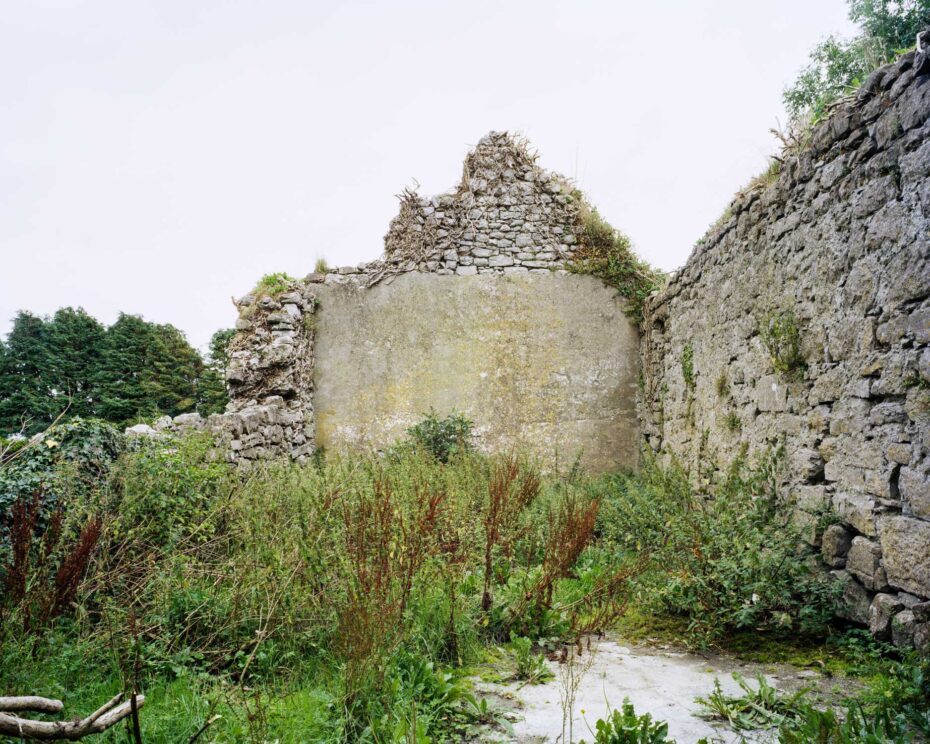
Kenneth’s words:
These are relics of a once vibrant chapter of Irish life. Like the dolmens John Montague crafted as a metaphor for the old people of his childhood, the ruins of these abandoned alleys bear silent testimony to a feature of Ireland that has perished through time and modernization. These plain walls were once the thriving open-air theatre’s of their day. They were familiar meeting points, where people played games long into long summer evenings, and others gathered for simple companionship and discourse. The alleys came alive at a time in Ireland when human interaction needed little in the way of sophisticated props or accompaniments. In rural Ireland in particular handball captured the public imagination and societies grew around the games and the alleys which staged them. They became prized places of refuge, offering an escape from ordinary, hard-working lives.
At the ball alleys, some strategically placed at crossroads in the open countryside, generations happily fraternized. Some were drawn by the magic and noise of a game which has deep Irish roots. But the alley was more than a sporting venue; it became a vital anchor for the community and an invaluable leisure outlet. It also served as an unofficial meeting point for lovers and revolutionaries. Even as a location for executions. It had an open charter – multiple, indiscriminate possibilities. Like Montague’s dolmens, some alleys survive – a portion of them intact and a minority enjoying new leases of life. But the majority are disappearing slowly from the landscape to the point where they will eventually become extinct. Many have been merged and camouflaged into other structures, like farmyard sheds or car parks, so that they are barely recognizable or identifiable. Many others are simply abandoned and overgrown. Old handball players and the game’s scattered aficionados will recall their last hurrah 50 odd years ago or more, after they had thrived across the country for over a century, before television and better transport began to signal their decline and offer alternative means of entertainment and social collusion – leaving each one in turn to become a tomb for a lost civilization.
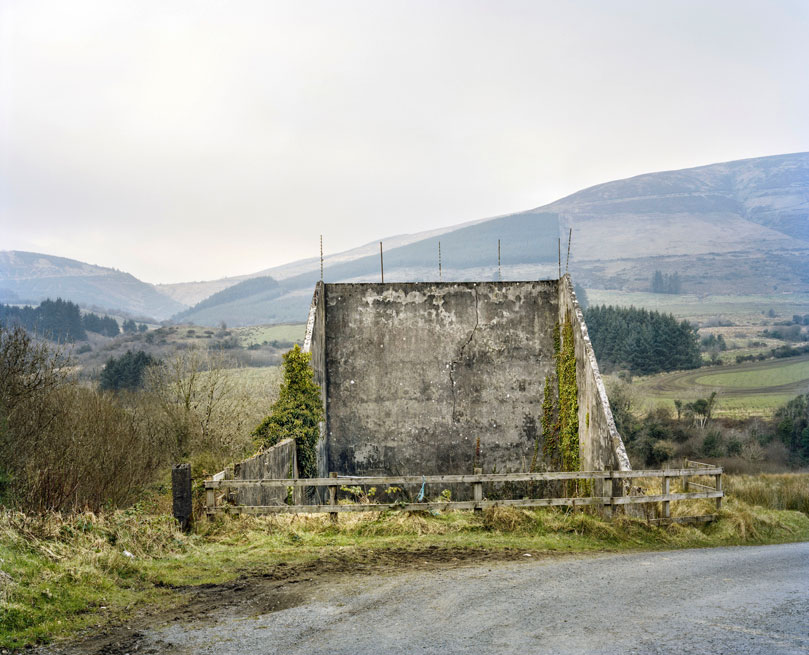
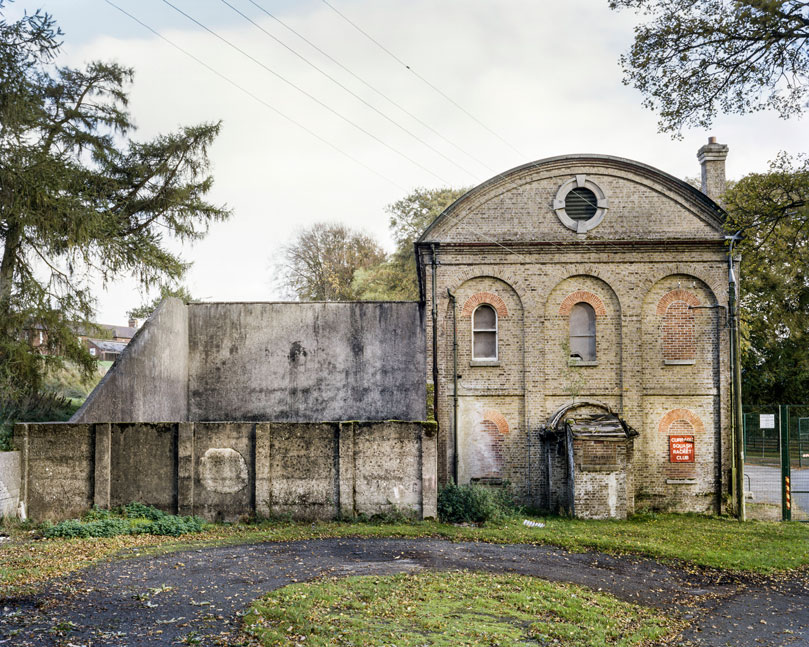
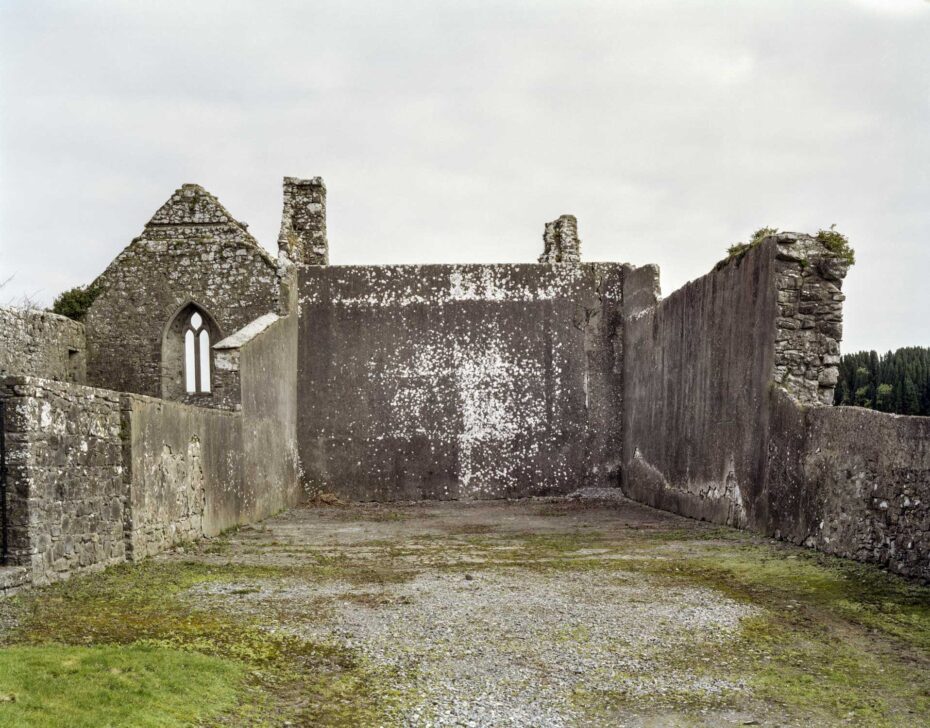
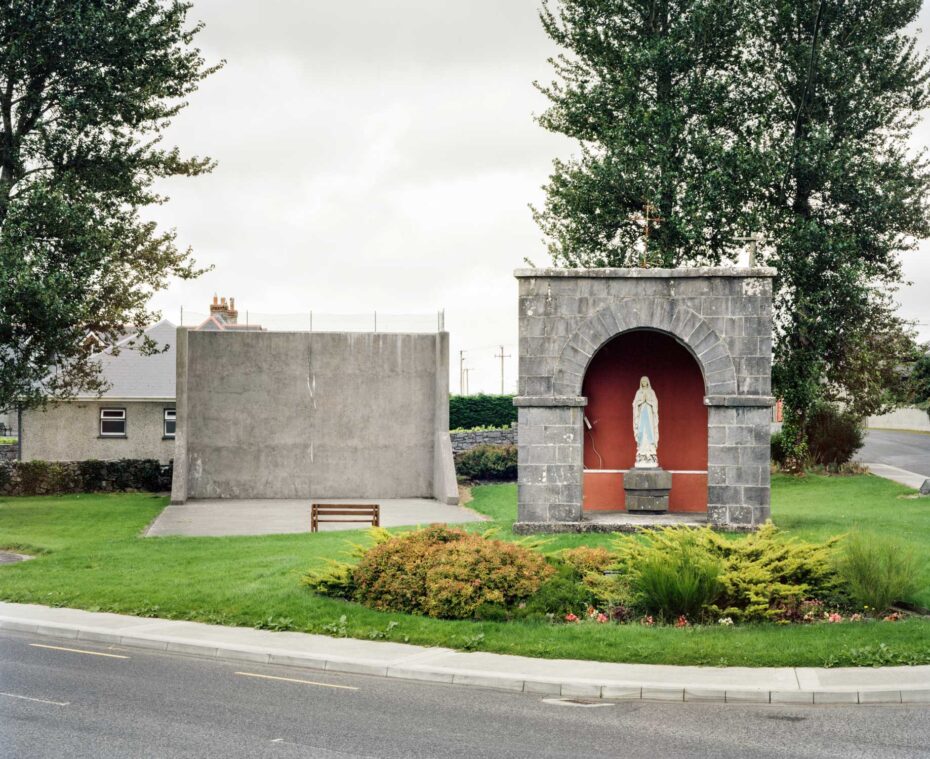
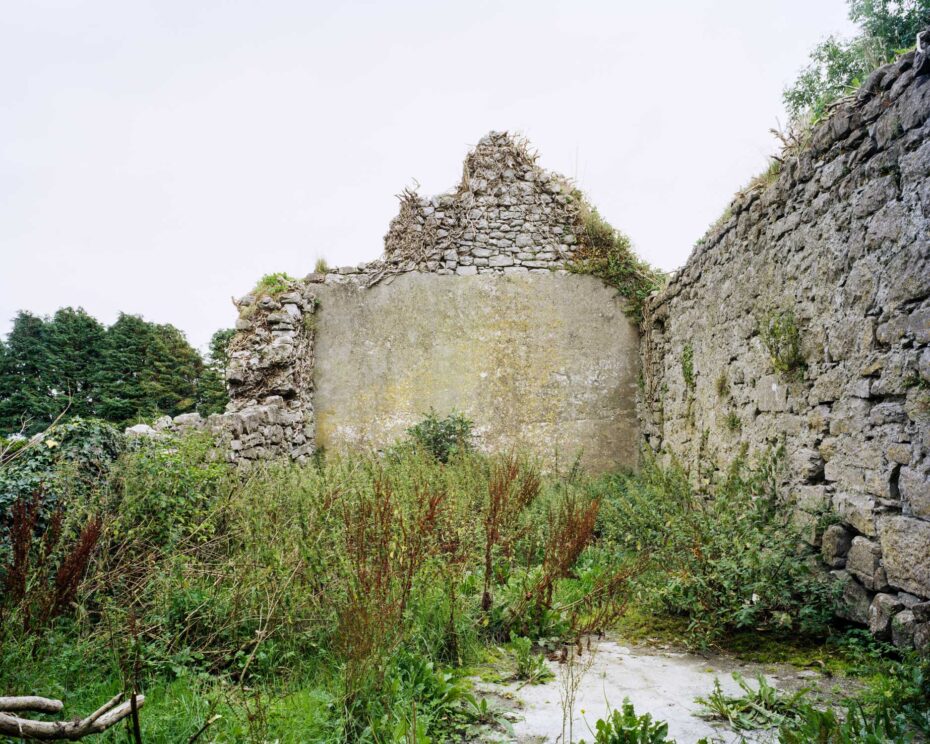
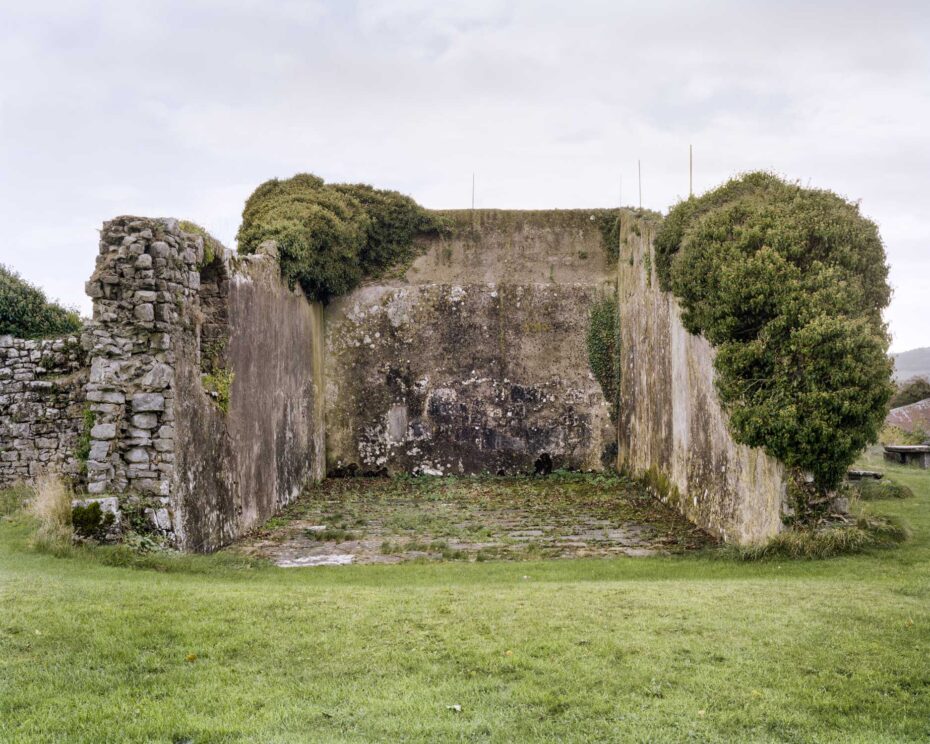
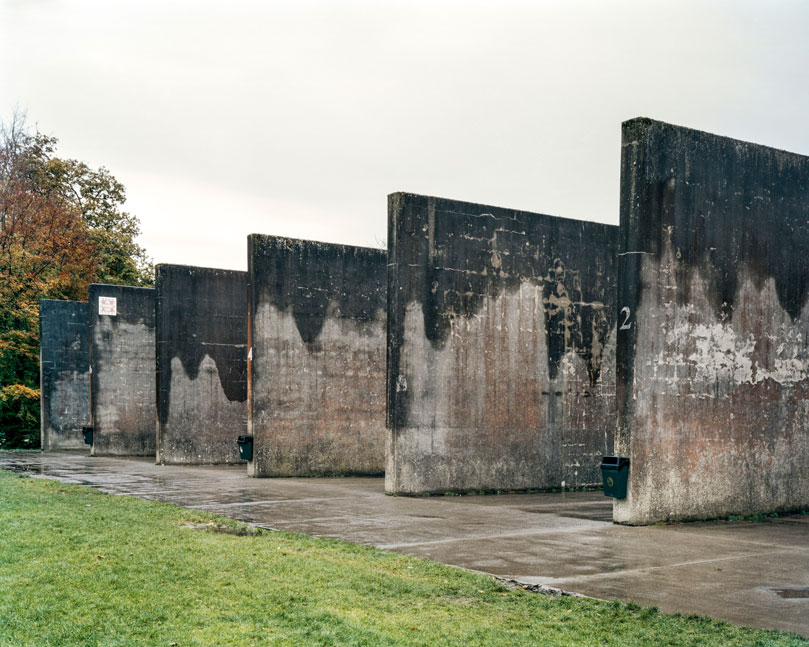
Find his eerily fascinating project here and give him a follow on Instagram.
3. Simply swooning over this London home of Istanbul-born fashion designer Rifat Ozbek

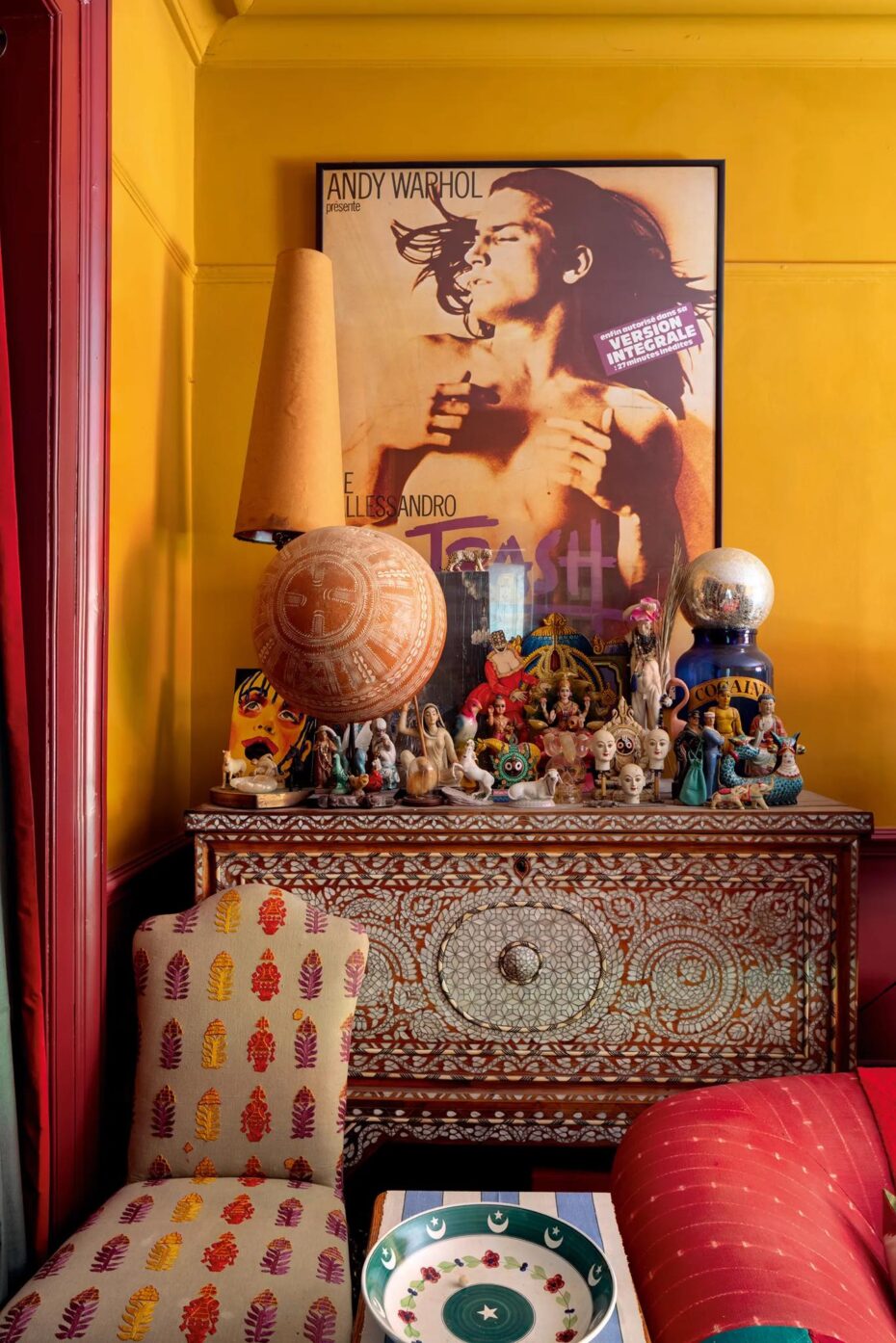

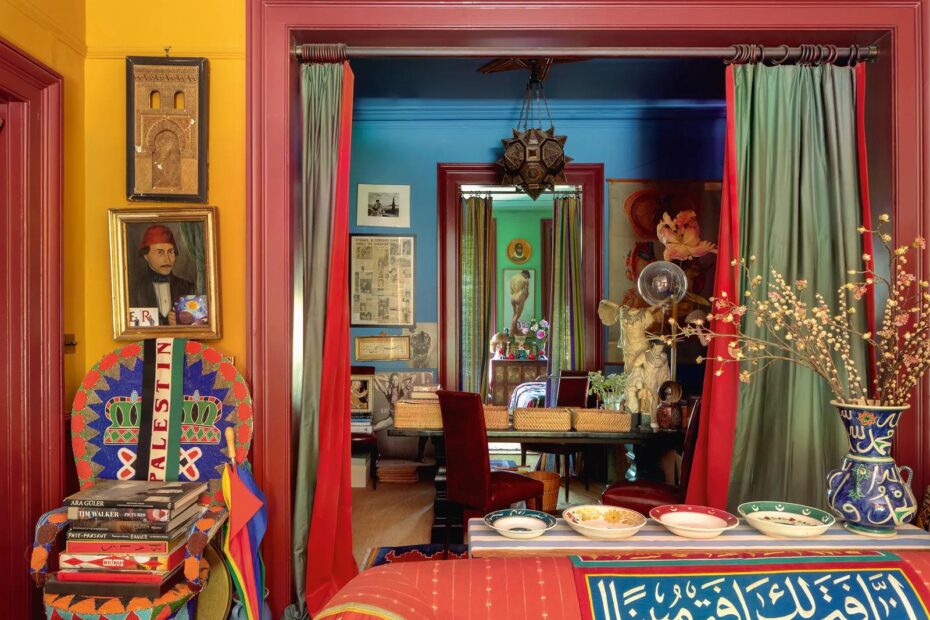
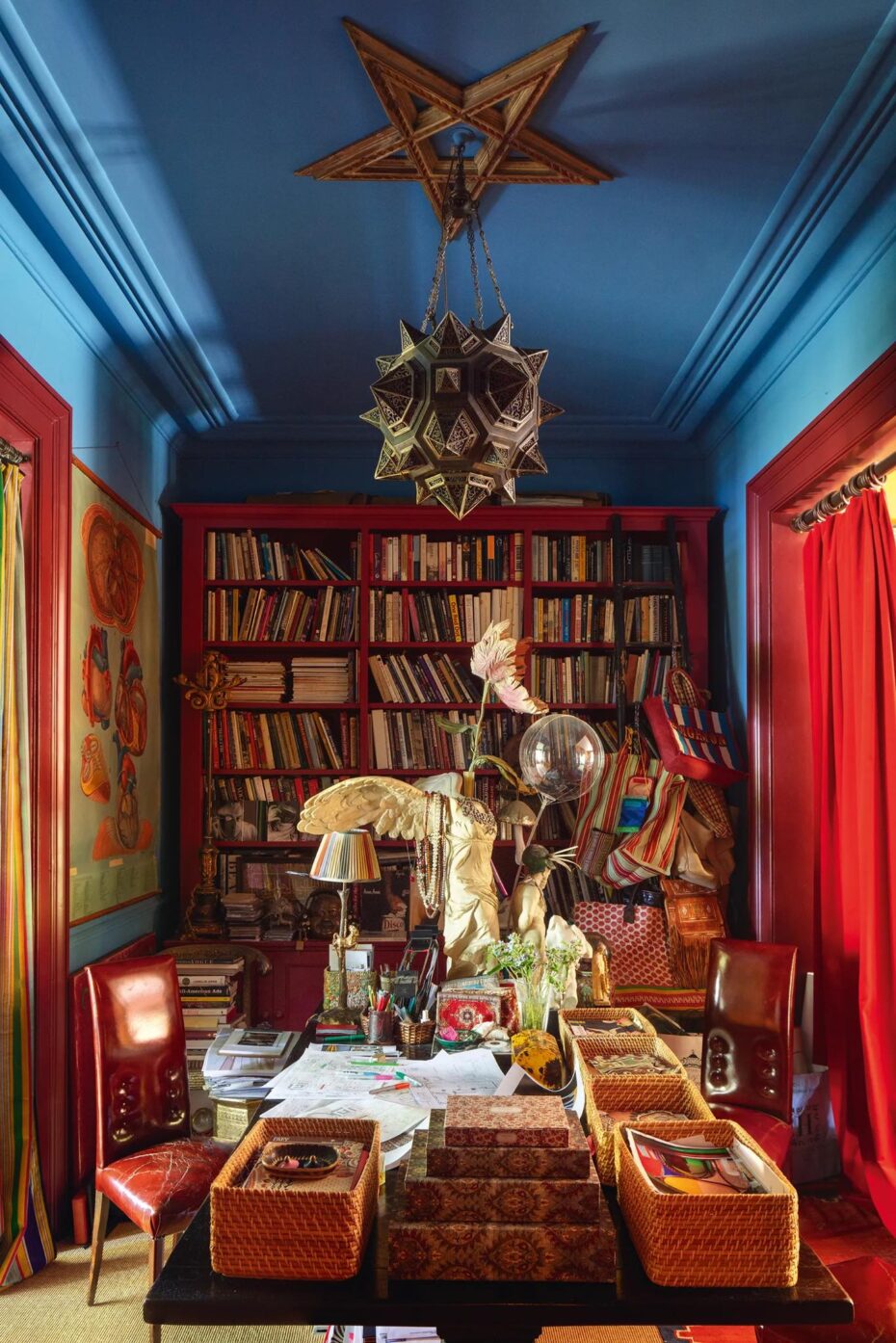
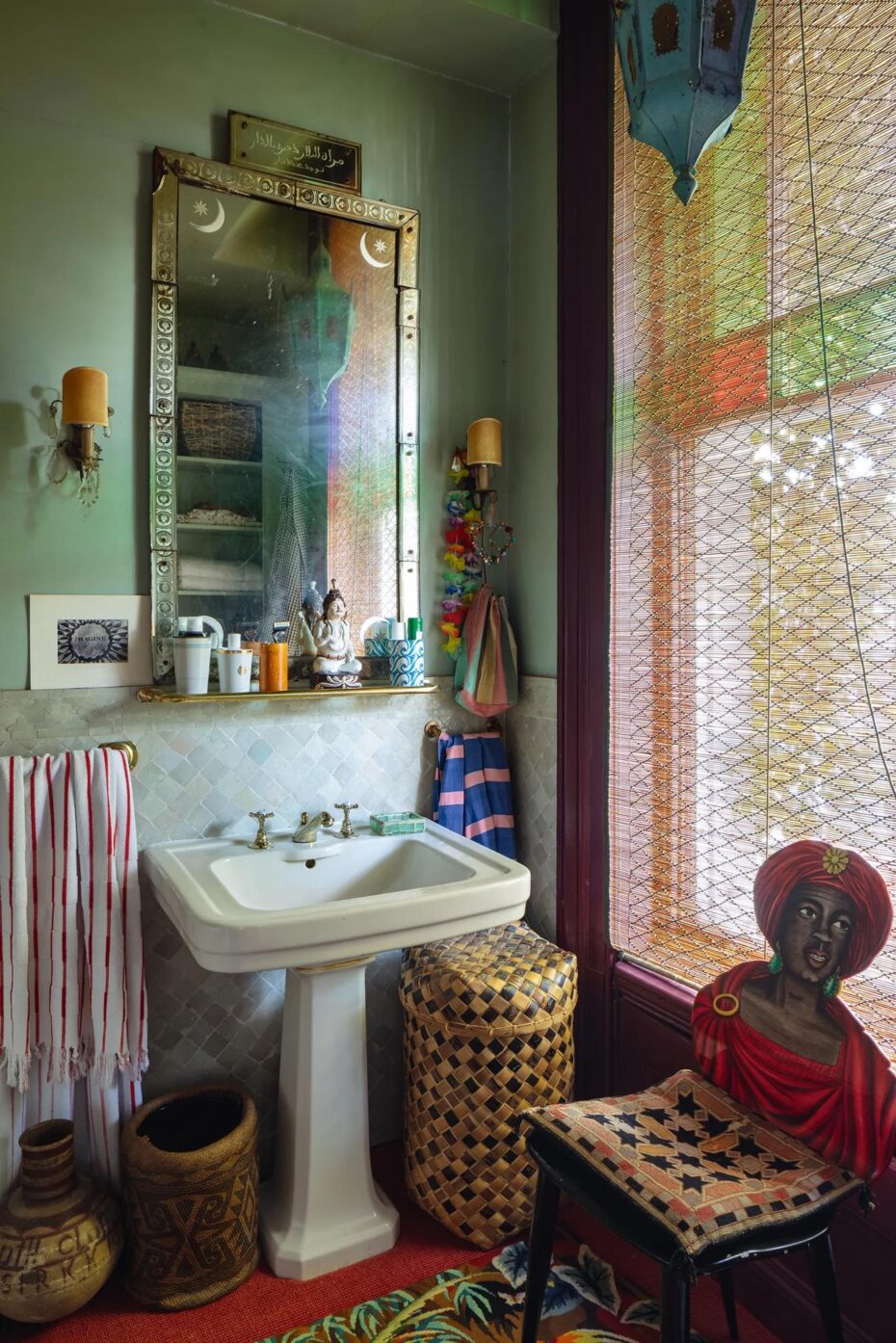
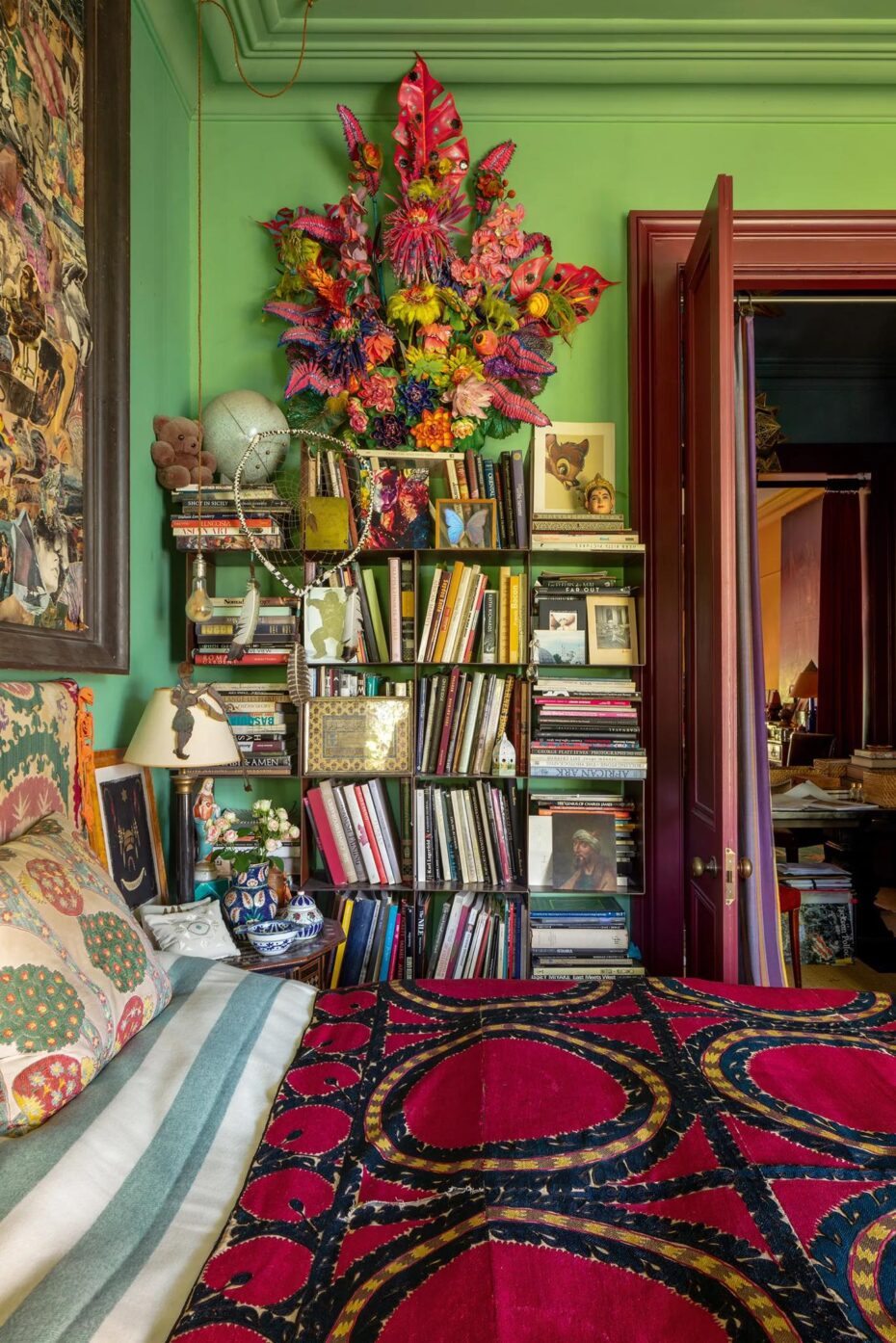
Found on World of Interiors.
4. The incredible Composition notebooks of Candace Hicks

Common Threads is artist Candace Hicks’s ongoing series of embroideries in the form of composition notebooks. Her artist’s books are in collections including the Metropolitan Museum of Art, Museum of Modern Art New York, Bainbridge Museum, Spencer Museum of Art, and many university special collections including Harvard, Yale, and Stanford. She has been the recipient of the Kimbrough Grant from the Dallas Museum of Art and the Ise New York Cultural Foundation Grant.

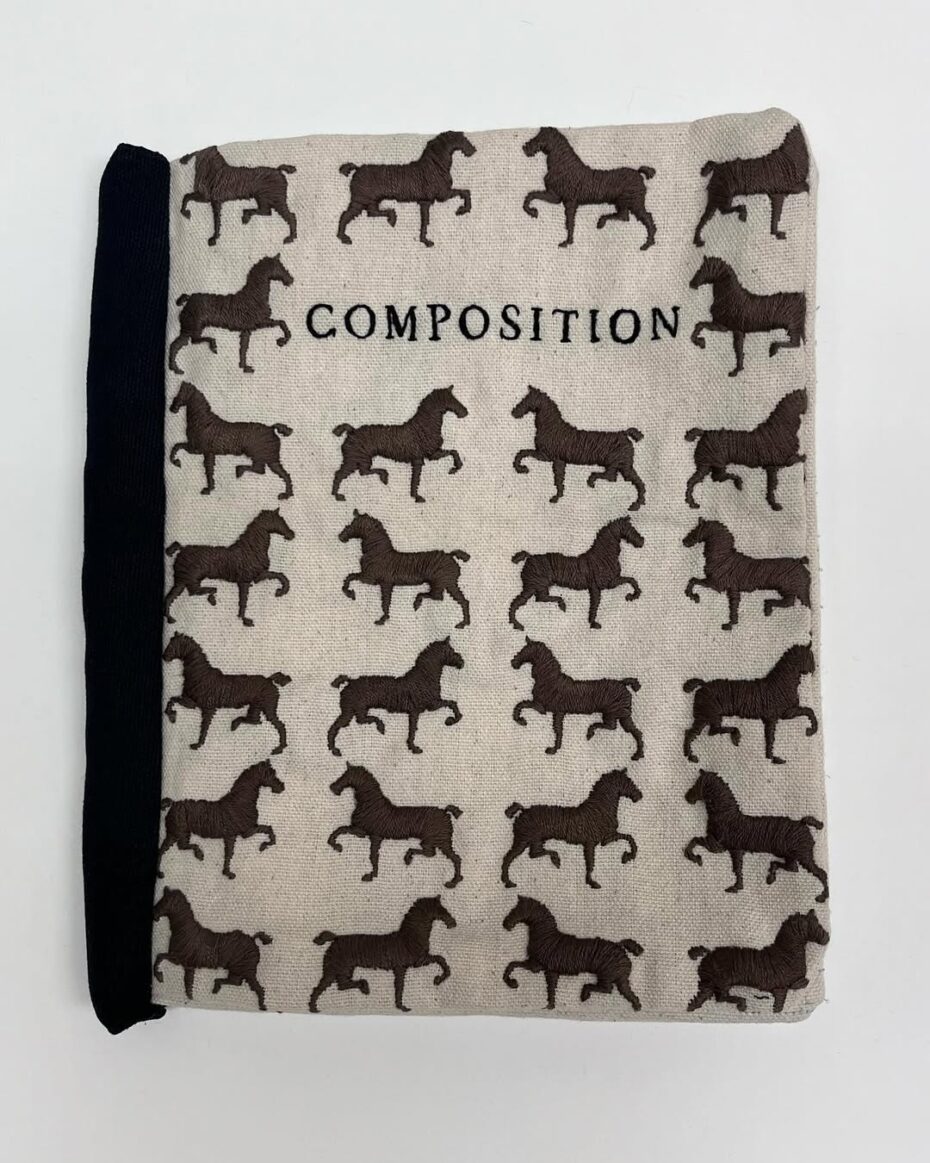
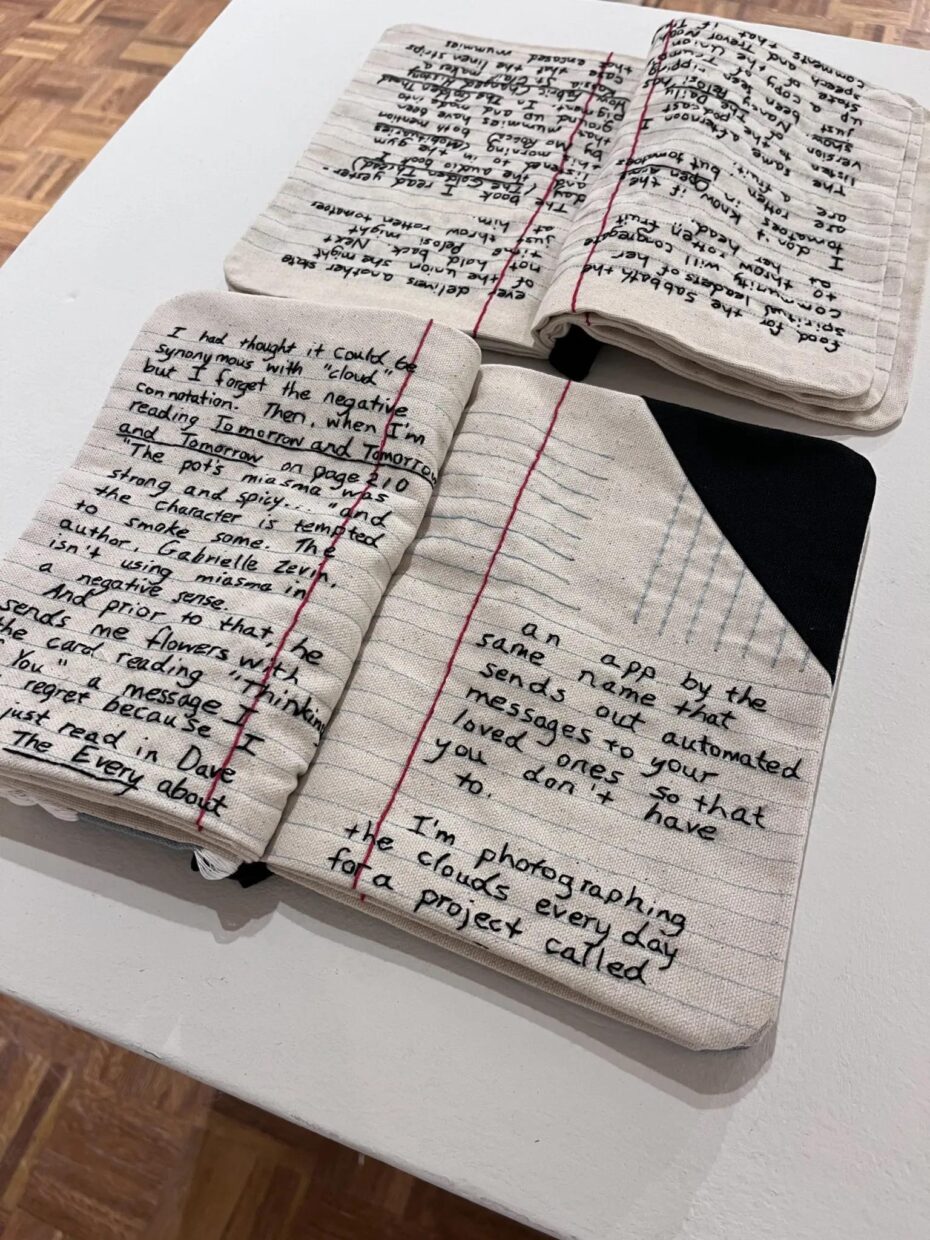





Find her website here and follow along via Instagram.
5. Can A.I. Voice ‘The Simpsons’?
6. An online museum? compendium? of airline stewardess uniforms
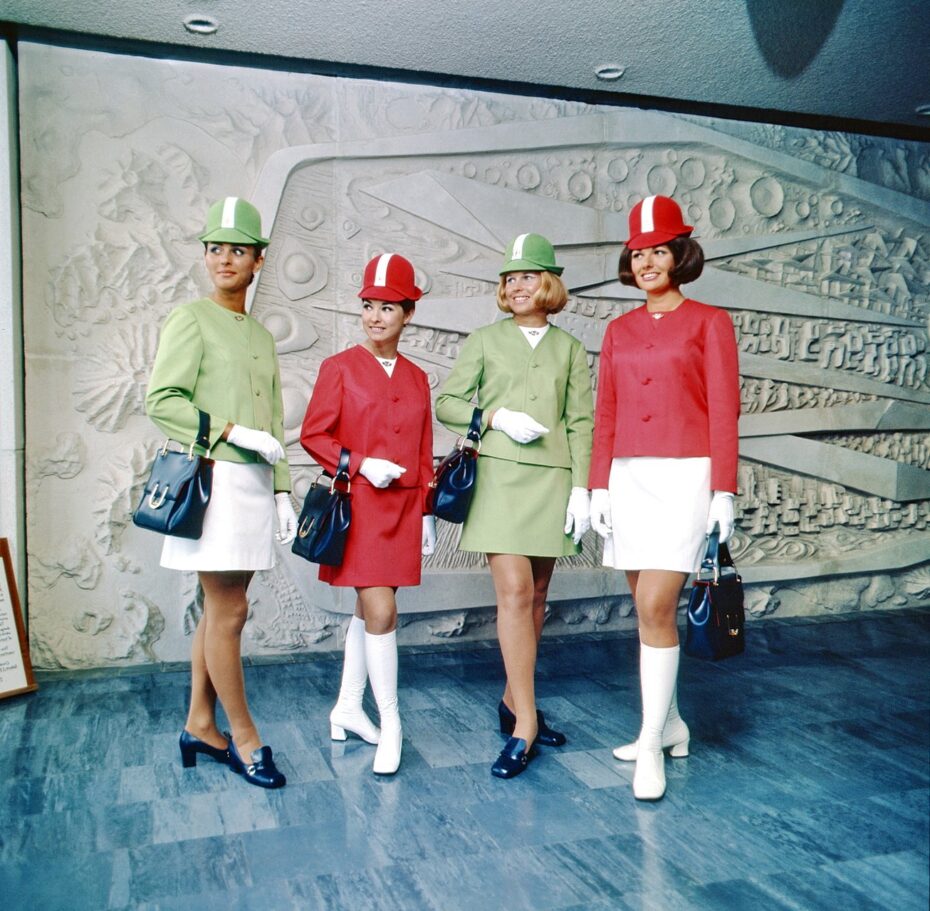


Cliff Muskiet may be the world’s most prolific collector of airline stewardess uniforms. He has been collecting them since 1980 and his website is definitely worth a look.
7. The Vanishing World of Parisian Concierges
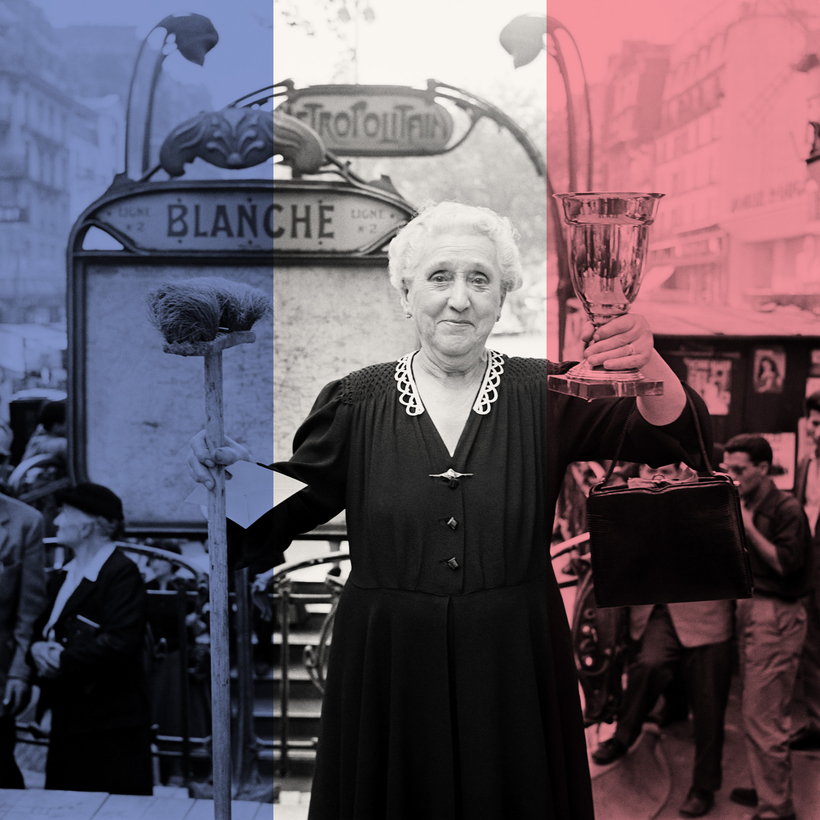
The Last Spies of Paris; unlike porters in London or doormen in New York, Paris’s omnipresent gardiennes—the eyes and ears of Haussmann buildings—are fast disappearing. A great read on Air Mail.
8. Roman “hologram” effect ring found in the grave of 1st century AD noblewoman, Aebutia Quarta
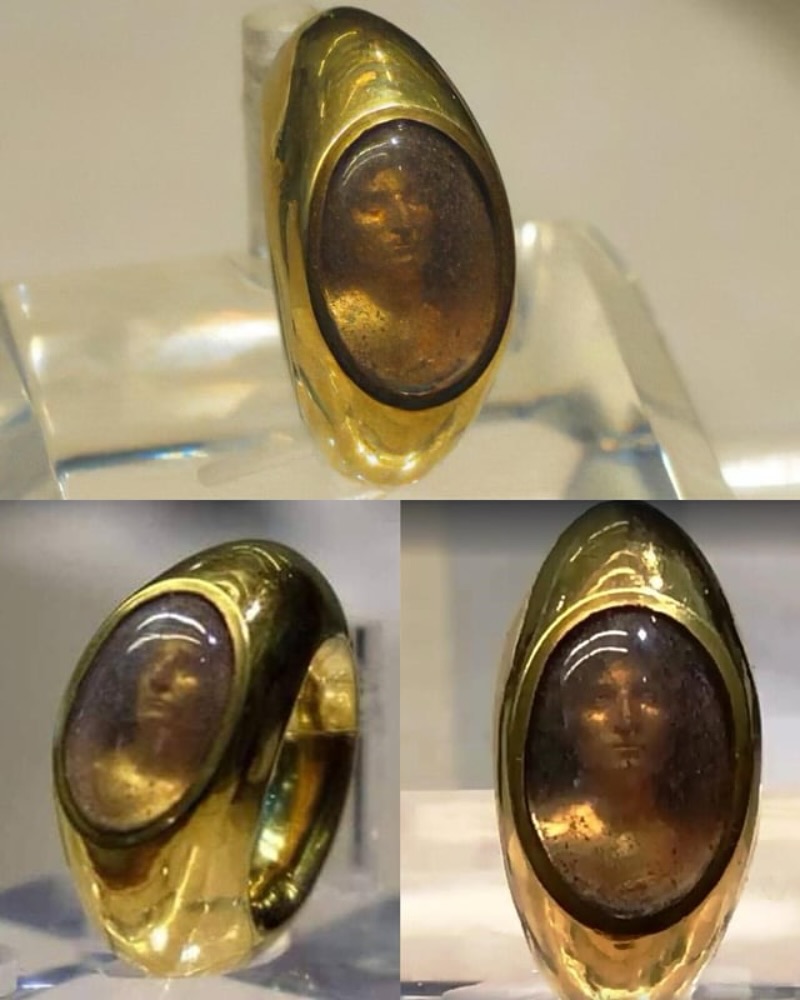
It is believed to depict her son, Titus Carvilius Gemello, who passed away at age 18. The ring was removed off Quarta’s finger. Her remains (along with her son) were found in a Flavio-Trajanic tomb known as Hypogeum of Garlands, at Grottaferrata necropolis, near Rome.
Found on History Photographed.
9. “Support the real masterpiece”: London’s Vagina Museum launched an emergency crowdfunding appeal to avoid closure
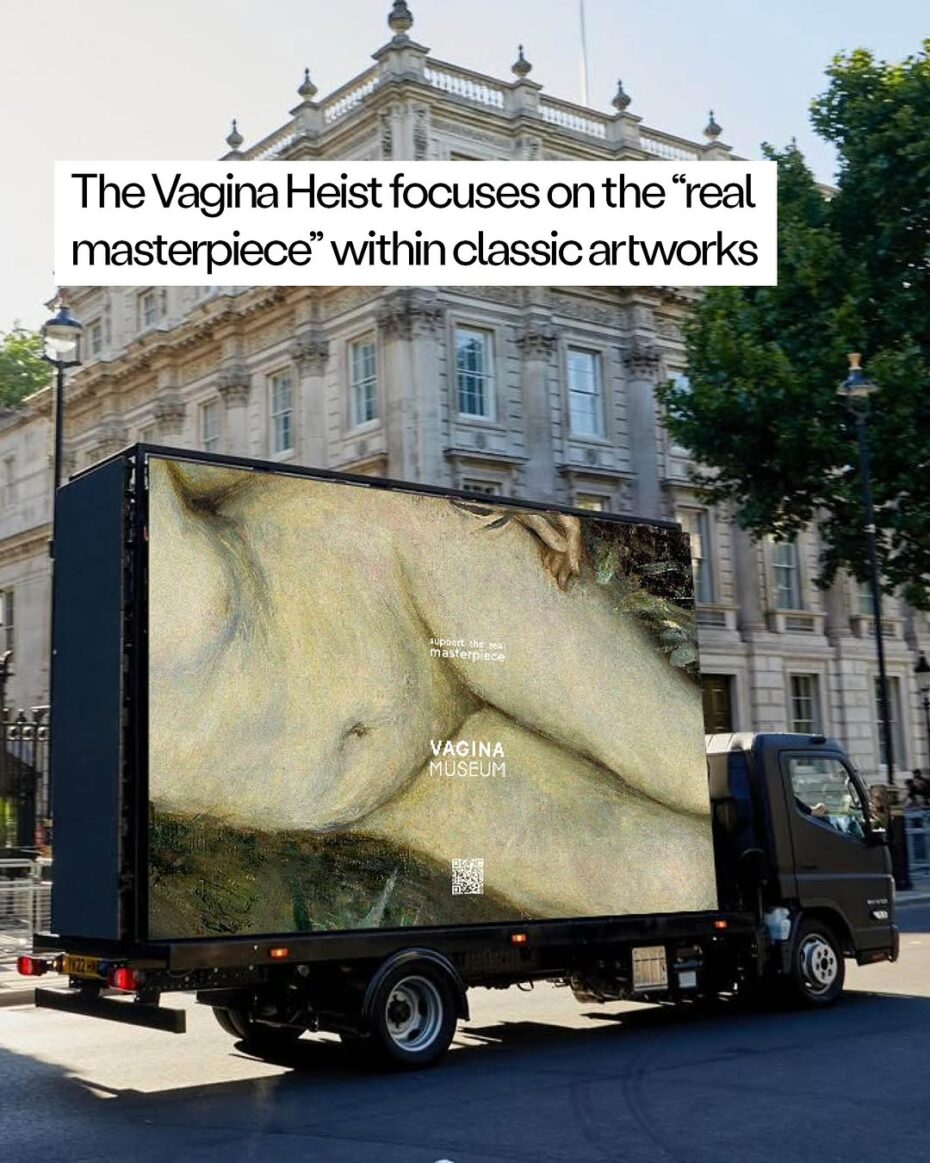
As the world’s first bricks-and-mortar museum dedicated to vaginas, vulvas and the gynaecological anatomy, The Vagina Museum (an address included in Don’t be a Tourist in London) is on a mission to educate, empower and break taboos around the subject, promoting a cultural shift from shame to celebration.
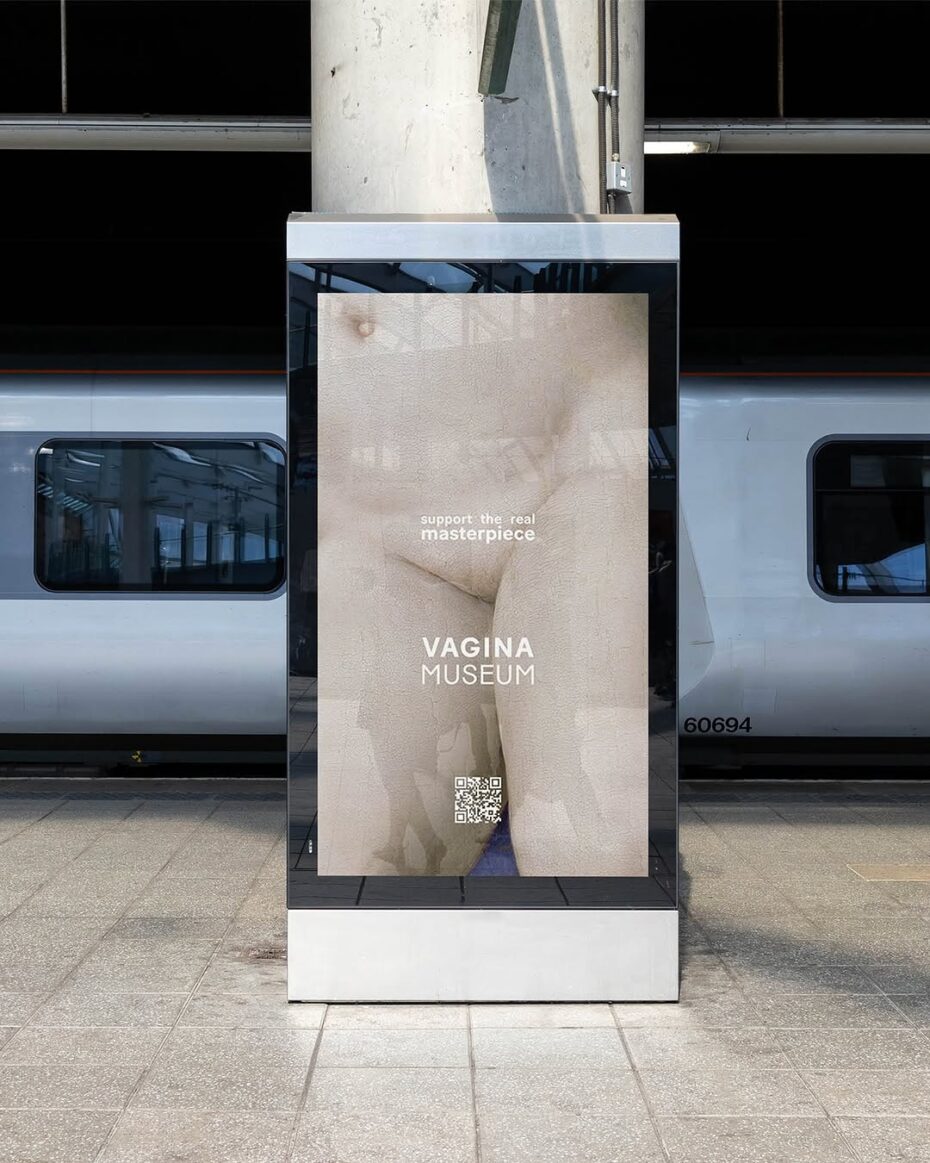
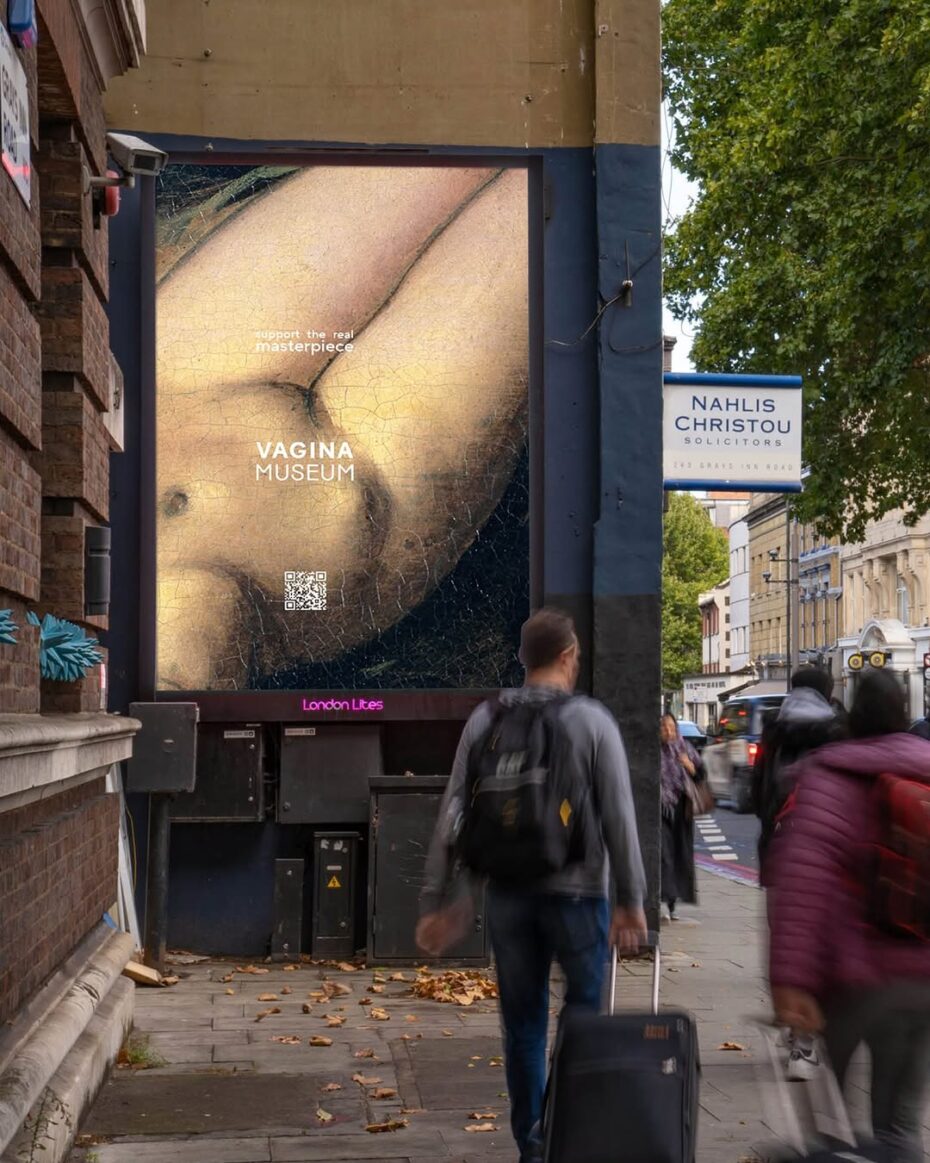
Partnering with creative agency BBH on a campaign called The Vagina Heist, the posters, (online and IRL around London) zoom into vaginas featured in some of the most renowned classical paintings, borrowed from larger British museums. Asking for financial pledges in a feat to “support the real masterpiece”, the museum needs the public to help save the museum from permanently closing its doors.
The appeal from the museum says that its mission has never been more important, at a time of crisis for reproductive rights, women’s rights, LGBTQ+ rights, not to mention arts and culture in general.
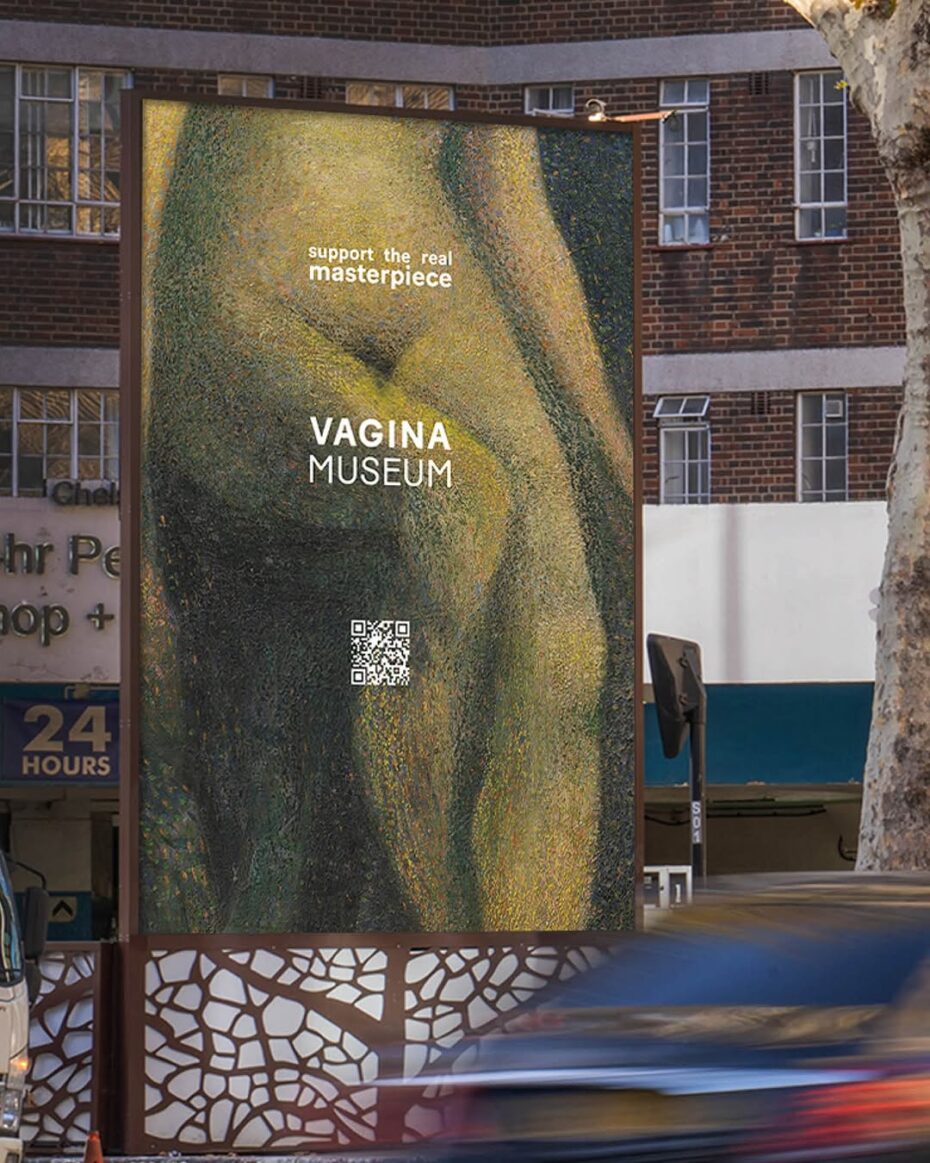
Explaining the idea behind the campaign, BBH senior creative Camila Gurgel says: “The Vagina Museum is doing essential work that no other museum is taking on. Yet, while they struggle to secure funding for their exhibitions, other London museums receive millions to display superficial representations of the female body. So, we took matters into our own hands – stealing their vaginas to promote ours, and inviting people to a space that truly celebrates the masterpiece that is the real vagina.”
Contribute to the Go Fund Me here.
Here are all details for visiting the museum (an address included in Don’t be a Tourist in London).
Found via It’s Nice That.
10. An interesting take on what’s happening with style: “Boom boom culture” fashion’s flashy, sleazy and sudden vibe shift
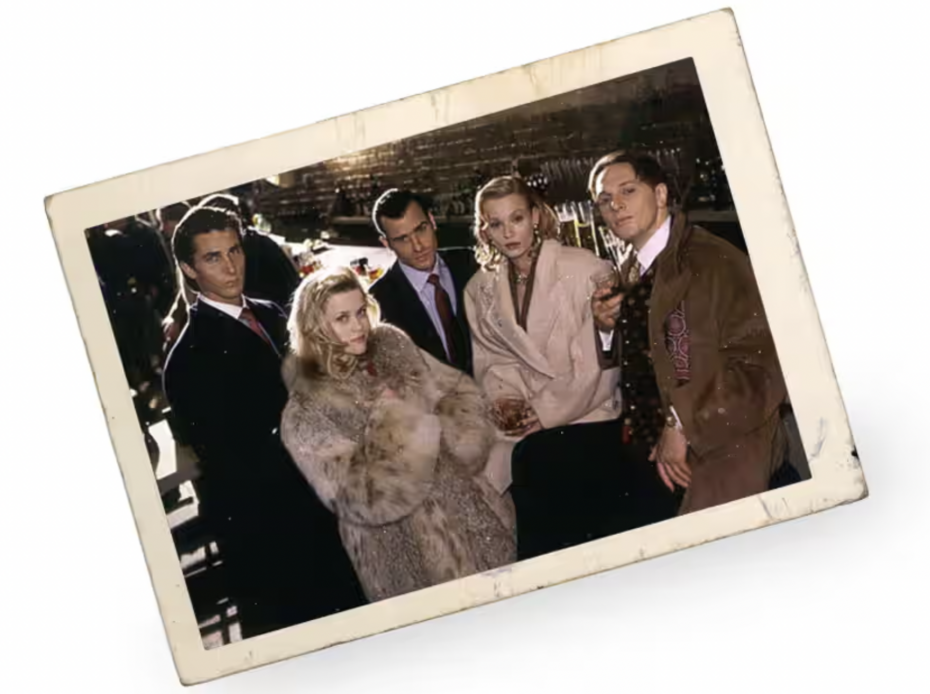
These [fashion] shows seemed to be saying that fashion wants us to look rich, gauche and glamorous. Or, to use a phrase coined by the trend forecaster Sean Monahan, who gave the world normcore (2014) and vibe shift (2022), fashion wants us to look boom boom.
Look around and you could be back in 1987. Read the eye-brow raising article on The Guardian.
11. Utrecht’s fish doorbell helps spawning fish navigate the city’s canals

“If you see a fish, press the doorbell. This alerts the lock operator to open the lock.”
Check it out here.
12. The UK’s network of free hiking ‘hotels’

You can’t book them and you don’t know who else will be there, but they’re an excellent way to explore Britain’s most remote corners – for free.
Founded in 1965, the Mountain Bothy Association (MBA) is a registered charity that maintains “simple shelters in remote country for the use of all who love wild and lonely places”. The organisation manages more than 100 bothies in Scotland, Wales and Northern England.

The system is simple. Bothies are free to use and open to anyone. They can’t be booked in advance, and there’s an unwritten rule that the bothy is never full (although groups of six or more and commercial groups are asked not to use them). As long as you follow the MBA’s Bothy Code, which is based on respect for other users, the bothy and the surroundings, you’re welcome.
That is if you can find them. Although the grid references are available online, don’t count on phone signal when looking for them, and even with a well-marked map, they can prove elusive.
Find the full article on BBC Travel.


